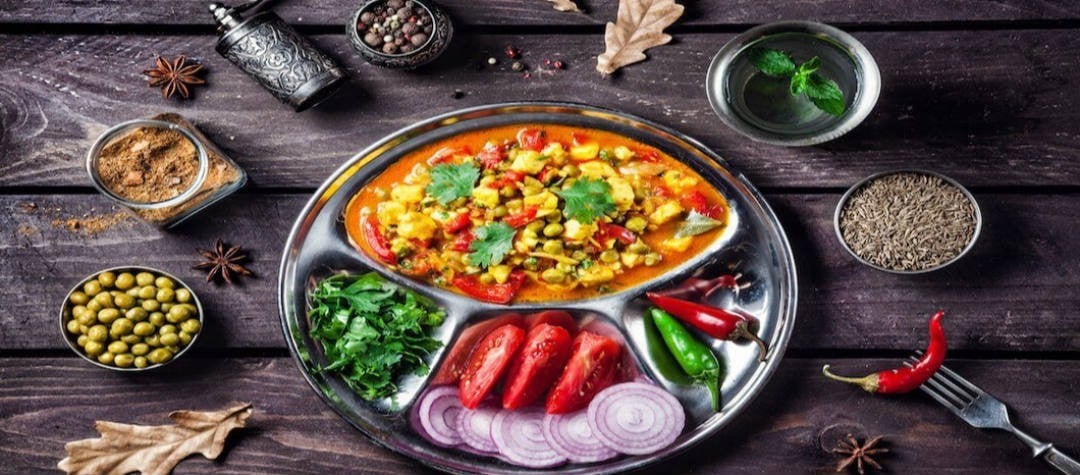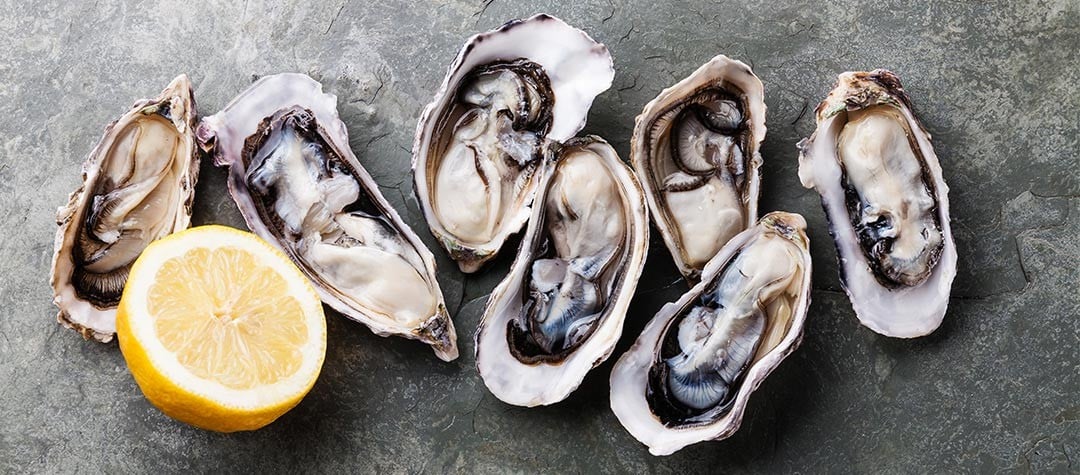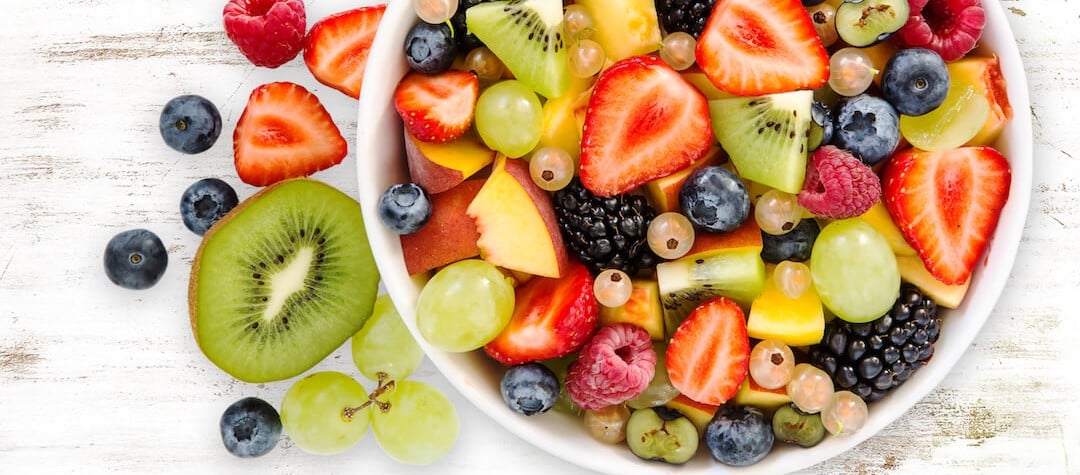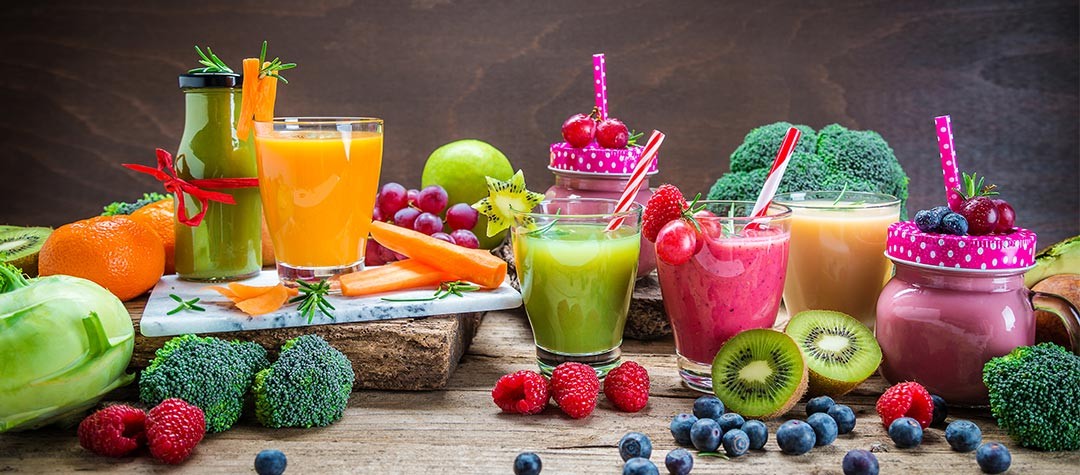The Indian diet is noted for its inclusion of many spices, pulses and rice, not forgetting its variety of flavours and colours which are what make this cuisine so unique. Being generally low in fat, high in vegetables, fruit and lean meat, an Indian diet has many health benefits.
So, what makes an Indian diet so healthy? In answer to this, let’s take a look at the typical components of an Indian diet:
- High in a wide variety of vegetables and fruit, such as spinach, aubergine and mango
- High in a variety of spices and herbs, such as ginger and coriander
- Low in saturated fat
- Widely vegetarian
- High in fibre
Health benefits of Indian food
There are specific components of an Indian diet which have a range of health benefits.
Chickpeas, for example, which are often used in vegetarian curries, are a great source of fibre, zinc, folate and protein, which makes them a healthy factor in a vegetarian Indian diet. Spinach and tomatoes, which are widely used in Indian cuisine, are also known superfoods, containing high levels of antioxidants, vitamins and minerals.
Likewise, many Indian sauces and accompaniments are vegetable based, such as Sag aloo (spinach) and Gobhi Aloo (cauliflower with potatoes) making them a healthy choice as the majority do not use cream or cheese.
The minty yoghurt dip raita, made from natural yoghurt, cucumber and mint, is a source of calcium and is a low fat alternative to sauces such as mayonnaise. Natural yoghurt is also often used to form curry sauces instead of cream or coconut milk.
Garlic features greatly in Indian cooking, which is said to be good for the heart, as do chillies, which are good for the immune system and metabolism.
Indian dishes often use vegetable, sesame and peanut oil rather than butter, which keeps them lower in saturated fat.
Finally, as Indian dishes have such an impacting taste often just a small portion can satisfy taste buds, helping you to consume fewer calories. An Indian diet’s variety and vibrancy keeps it interesting, which is a healthy component to any cuisine as variety can prevent boredom and overeating.
Health tips for eating an Indian diet
Like all cuisines from around the globe there will always be aspects that aren’t as healthy as we would like. So when enjoying Indian food be sure to stick to the healthier options such as tomato based curries, vegetable dishes and choose fish or chicken over lamb. Where possible,avoid using ghee (clarified butter) and instead choose to cook with sunflower or vegetable oil.
Only enjoy creamy curries such as korma, pasanda and masala which are full of fat, usually from cream of coconut milk, as a treat. Likewise, peshwari naan bread is also high in fat and sugar so this should only been enjoyed in moderation. On a daily basis, choose plain boiled rice instead of pilau which has added oil; better still, choose brown basmati rice to increase fibre intake.
Finally, opting for tandoori dishes will save on consumption of fat and calories as they contain very little sauce and the food, often chicken and fish, is baked rather than fried.
One of the great pleasures of an Indian diet are these fruits, which should be enjoyed daily to assist with digestive function and to obtain essential vitamins and minerals; mango, oranges, guavas, figs, berries and pineapple, as well as cantaloupe, grapes and pomegranates.














